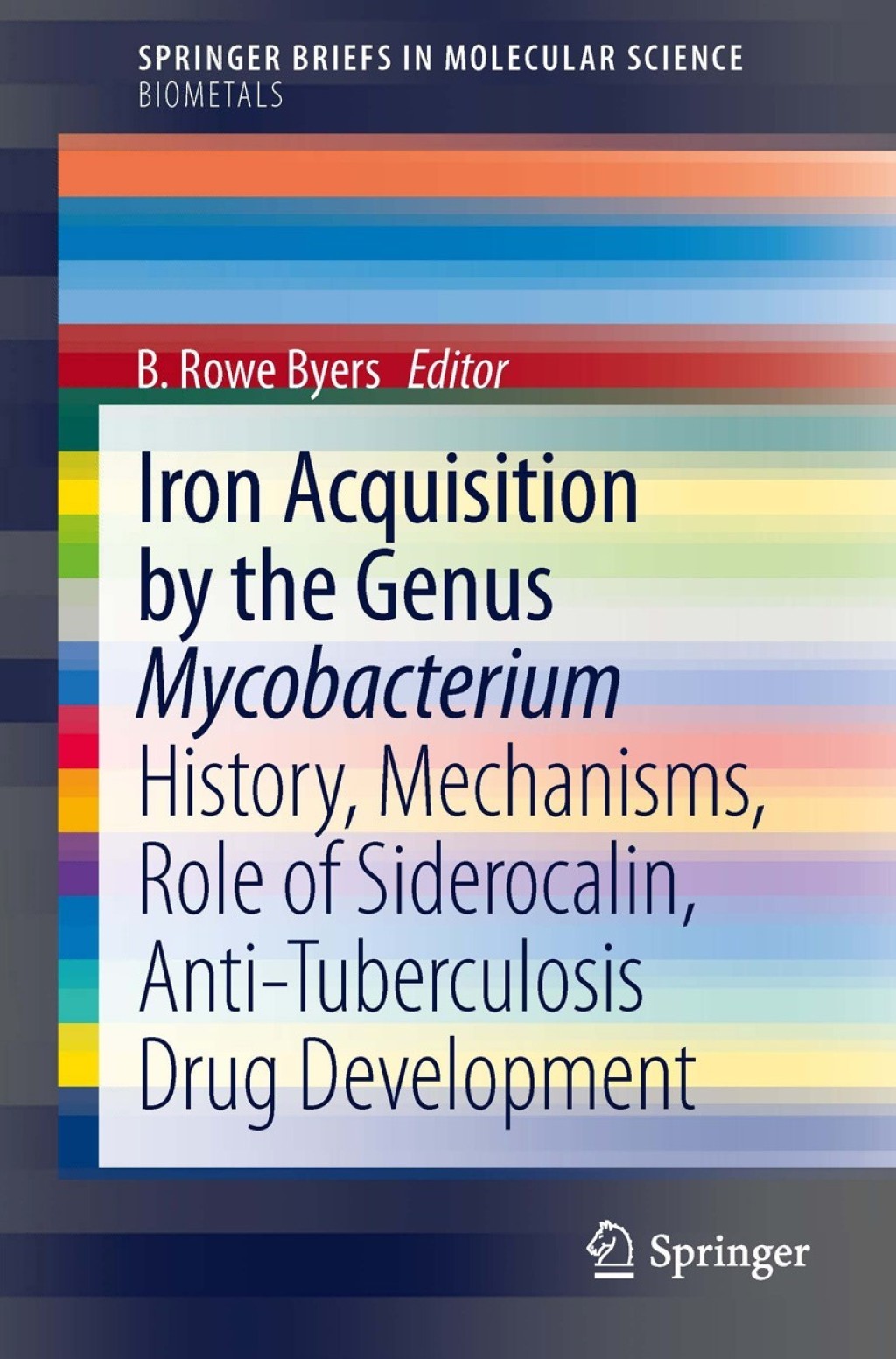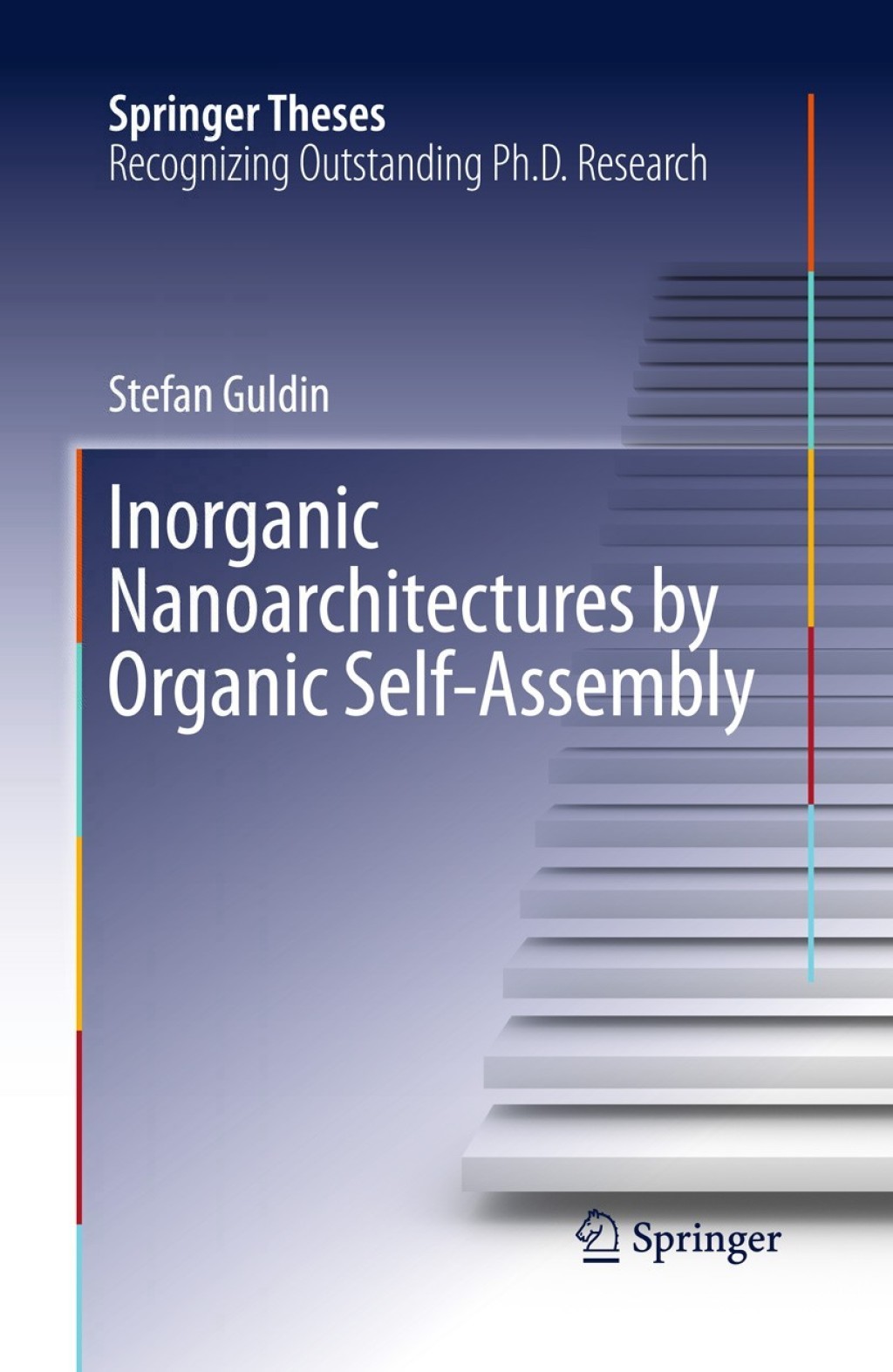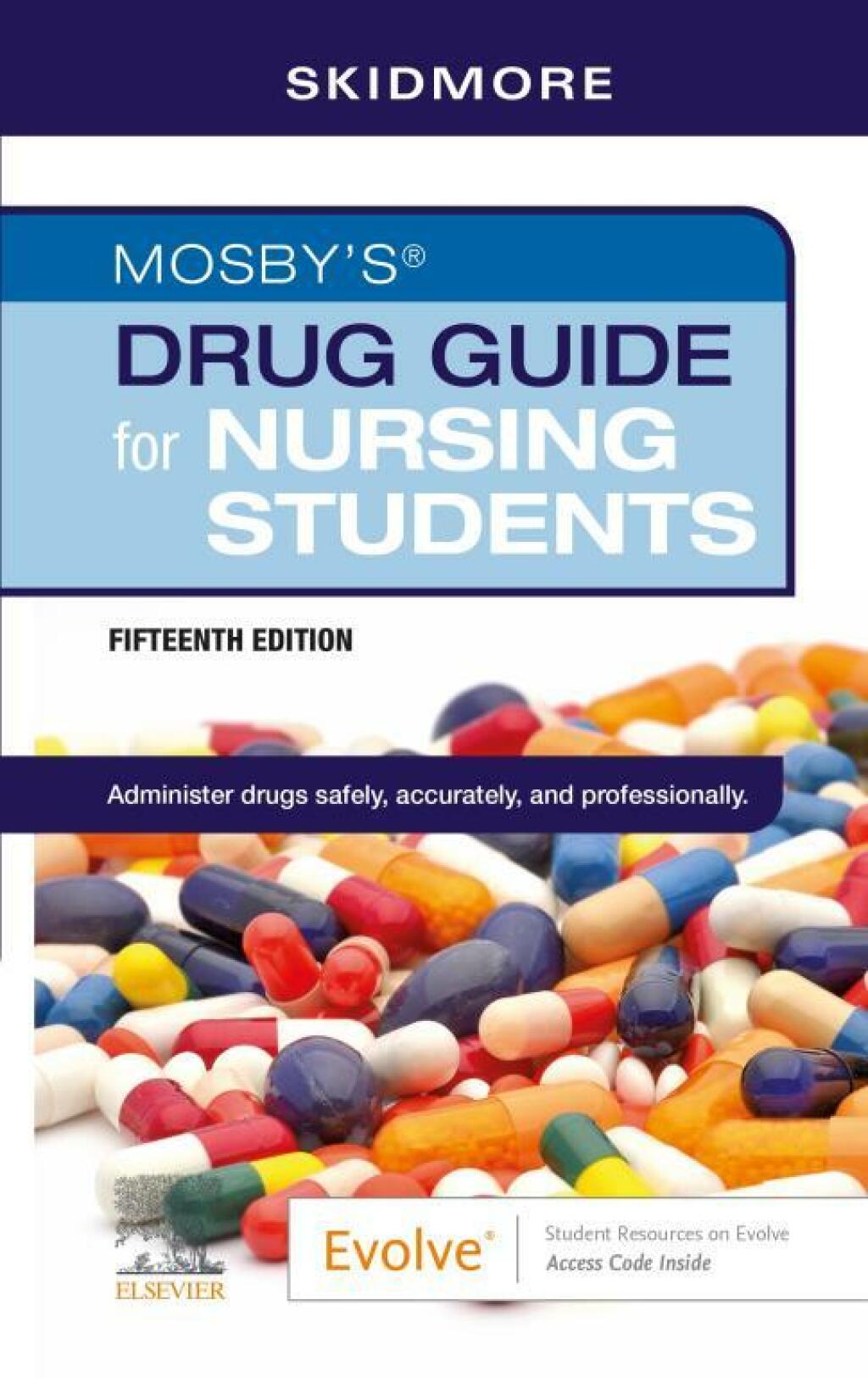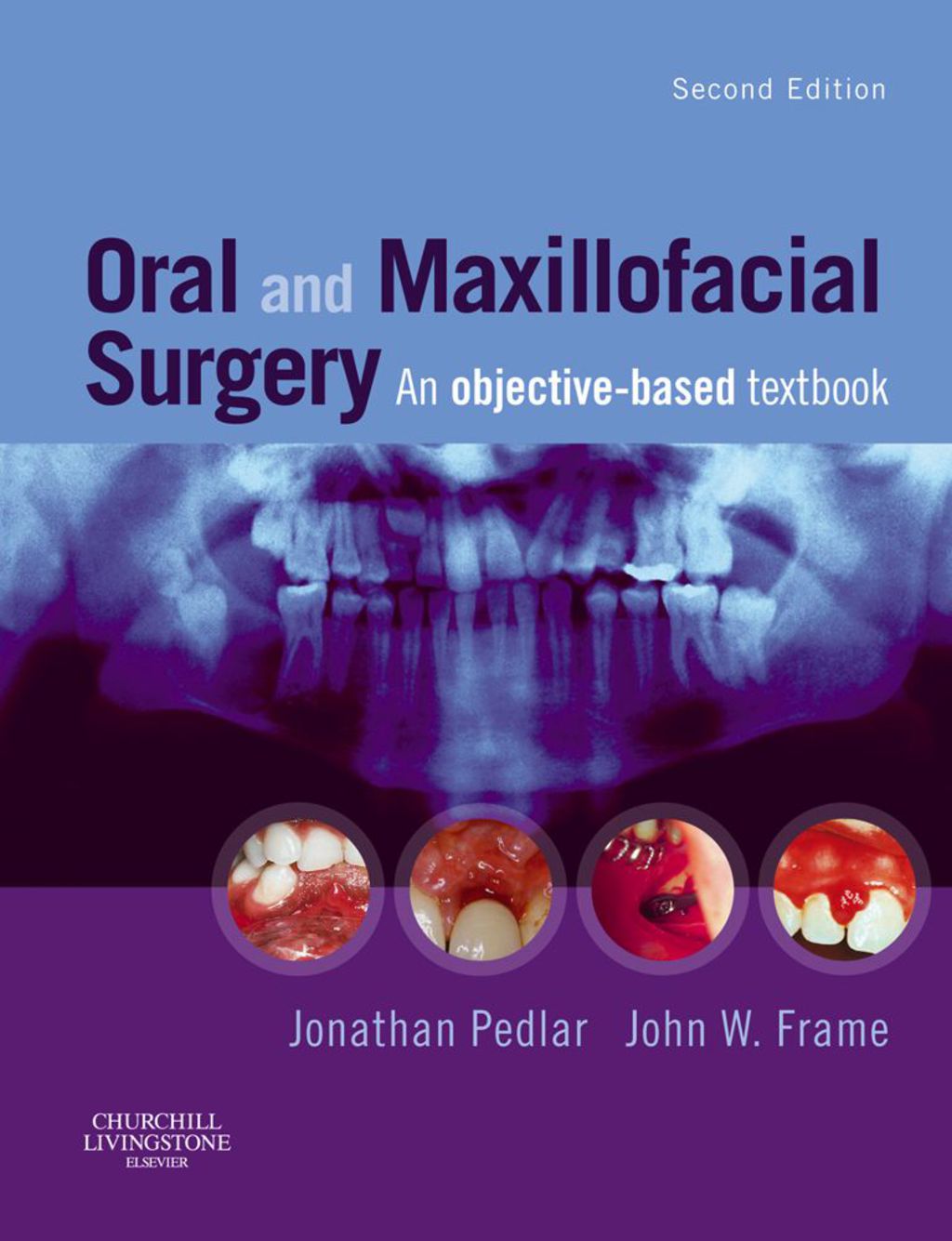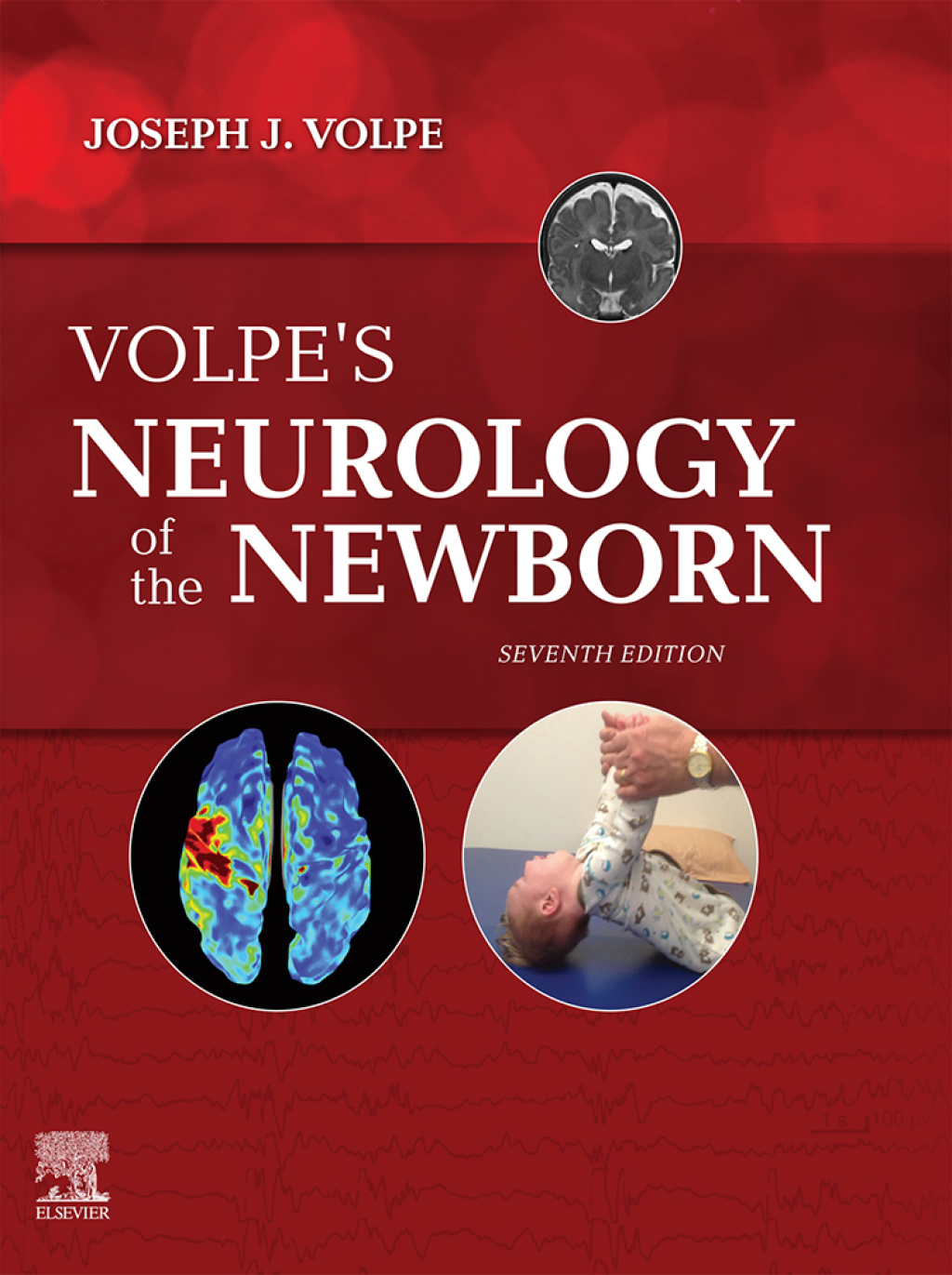Macromolecular self-assembly – driven by weak, non-covalent, intermolecular forces – is a common principle of structure formation in natural and synthetic organic materials. The variability in material arrangement on the nanometre length scale makes this an ideal way of matching the structure-function demands of photonic and optoelectronic devices. However, suitable soft matter systems typically lack the appropriate photoactivity, conductivity or chemically stability. This thesis explores the implementation of soft matter design principles for inorganic thin film nanoarchitectures. Sacrificial block copolymers and colloids are employed as structure-directing agents for the co-assembly of solution-based inorganic materials, such as TiO_2 and SiO_2. Novel fabrication and characterization methods allow unprecedented control of material formation on the 10 – 500 nm length scale, allowing the design of material architectures with interesting photonic and optoelectronic properties.
“Traditional Chinese Medicine: Cupping Therapy 2nd Edition” has been added to your cart. View cart
Inorganic Nanoarchitectures by Organic Self-Assembly
Author(s): Stefan Guldin
Publisher: Springer
ISBN: 9783319003115
Edition:
$39,99
Delivery: This can be downloaded Immediately after purchasing.
Version: Only PDF Version.
Compatible Devices: Can be read on any device (Kindle, NOOK, Android/IOS devices, Windows, MAC)
Quality: High Quality. No missing contents. Printable
Recommended Software: Check here

